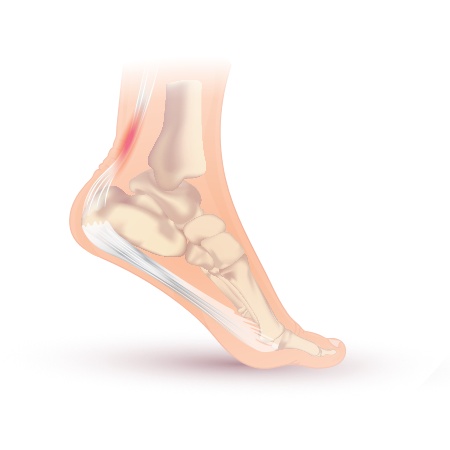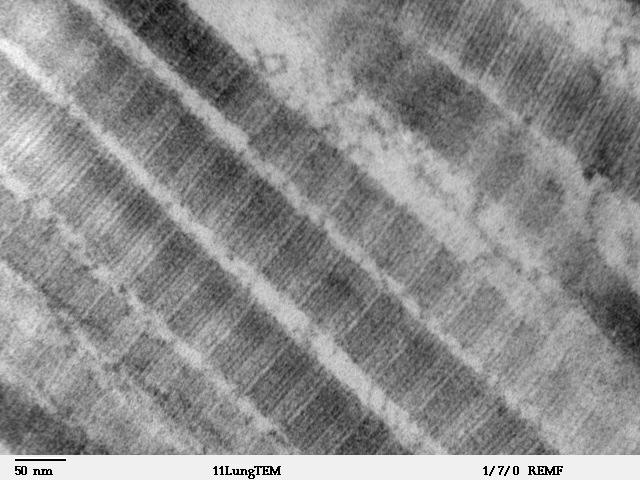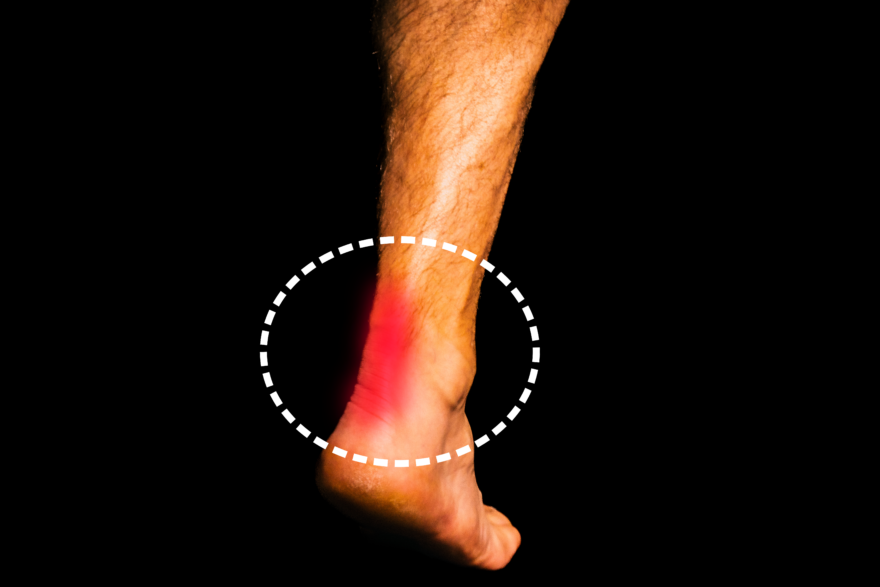Table of Contents
This Helps Achilles Tendon Pain in an Instant
Ever had that nagging Achilles tendon pain that just won’t quit?
Well, I’ve been there, done that, and got the T-shirt.
But guess what? I managed to beat it, and I’m going to share with you the 4 tactics I used.
You know my style. A mix of science with a healthy dose of unconventional methods.
Read the blog, watch the video, and listen to the podcast below to learn the secret.
Step 1: Load Management
First things first. If your Achilles is screaming at you, it’s time to hit the pause button on whatever activity is causing the pain.

This isn’t a “grin and bear it” situation. Tendons need rest to heal. Pushing through pain can prolong the problem or create worse issues.
As the great philosopher’s EMPD once said: “You Got’s to chill.”
But remember. This does NOT mean you are ONLY eating ice cream on the couch and watching Friends re-runs. There’s plenty you can do to help your recovery.
Here’s how.
Step 2: Improving Movement Dynamics
Let’s fix the possible factors that put too much dang load on the achilles. The way we do that? Increasing available movement options.
If there are restrictions anywhere within the body, you can’t broadly distribute load. That can create a beating on the tendons.

This issue is especially true with limited ankle motion. Especially with combined ankle eversion and dorsiflexion restrictions. This deficit indicates a concentric triceps surae (nerdspeak, them calves). When the calves are more concentric, the tendon becomes less stiff.
Less stiff tendons become more vascularized. This puts more fluid within them, which can contribute to the problem.
Healthy tendons = stiff tendons. If you want stiffer tendons, adequate ankle motion is one factor that can help with that.
Here are a couple of exercises I recommend:
Calcaneal Roll: This exercise helps to loosen up the ankle and improve eversion.
Here’s how to do it:
- Foam roller on pelvis
- Foot on wall. Parallel to ground
- SUBTLE movements
- Inhale through the nose. Shift weight to outside heel
- Exhale through the mouth. Shift weight to inside heel
- Avoid the foot tipping
- Perform 2×20 reps on the affected side. 2 times per day
Once you got that, I’d go with the Sandbag Ramp Squat.
This exercise helps to improve ankle dorsiflexion. The sandbag helps shift your weight back, offloading the Achilles.
Here are the steps:
- Eyes to the horizon
- Bag close to body
- Weight on inside heel and base of the big toe
- Inhale on the lower
- Exhale on the up
- Use a ramp to help with depth
- Perform 3 sets x 8-12 reps daily
Step 3: Nutrition
Before we move on to the next step, let’s talk about nutrition. I’m not usually a big supplement guy, but a study showed some cool stuff with collagen supplements.

Want to improve achilles tendon pain and potentially reduce microvascularity? Here’s their protocol:
- 2.5 g Collagen peptides
- 30 minutes before exercise
- 2 times per day
Not only did this help my recovery, but my hair grew back…SIKE! That was the essential oils (?)
Step 4: Local Reloading
Now that we’ve got nutrition covered, it’s time to introduce loading into the tendon. Here’s the sequence that worked best for me:
1. Isometric Holds
These were huge for pain relief, although their efficacy is mixed in the research.
I stood in a heel raise and held it for 6x45s throughout the day. I could feel an immediate difference in pain with walking and local tenderness.
2. Heavy Slow Resistance Training:
Once you’re comfortable with the isometric holds, progress to heavy slow resistance training. Aka slow tempo calf raises. I’m talking 3 seconds up, 3 seconds down, LET…IT…BURN.
Start with your foot flat, then progress to a deficit.
Aim for three sets of 10 to 12 reps before adding weight.
3. Plyometrics
If you’ve tolerated calf raises for a few days, it’s time to move FAST.
Each of these jumps I program for 3-5 sets x 5 reps every other day.
I start most people with a hop and stick, holding the landing for a 3-count:
Then progress to continuous hops, spending as little time on the ground as possible:
Sum up
So, there you have it! To beat Achilles tendon pain, you need to:
- Reduce loading initially
- Improve local movement dynamics
- Supplement with collagen before exercises
- Pace your tendon reload
Remember, everyone’s body is different, and what worked for me might not work for you. But I hope my experience can provide some insight. it’s not far off with what I use with patients and clients.
Now one thing you DO NOT want to do is stretch this out. But if you feel like you have tight calves, I’d check out this post.

